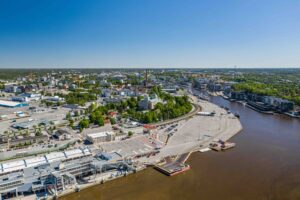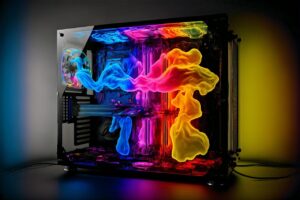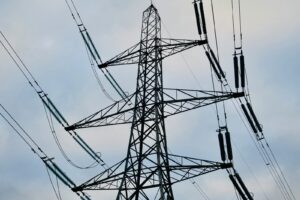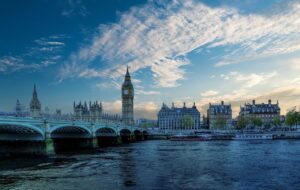Star visibility steadily decreasing as nations light up the night
Stars are becoming less and less visible, as light pollution is increasing by around 7-10% a year, says a new study highlighting the impacts of disruptive ‘skyglow’.
Sky brightness is increasing more rapidly than satellite measurements may suggest, according to the study led by Christopher Kyba from the GFZ German Research Centre for Geosciences and the Ruhr-Universität Bochum.
Citizen scientists played a significant role in the research which used 50,000 naked-eye observations from across the world from 2011 to 2022 to measure the change in skyglow, a form of light pollution which can have a serious impact on wildlife.
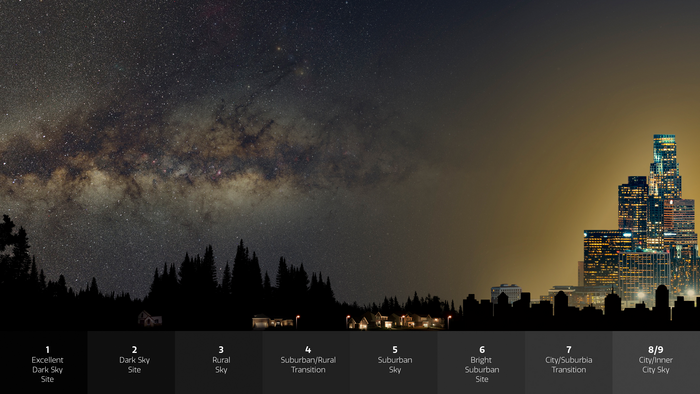
Constance Walker, co-author of the study and head of the US National Science Foundation’s NOIRLab project, explained that skyglow can disrupt the daily and seasonal behaviours and physiological processes of living creatures which are influenced by light: ‘Skyglow affects both diurnal and nocturnal animals and also destroys an important part of our cultural heritage.’
Volunteers observed the sky and then used an online form to report which set of eight star charts best matched what they could see in the first global measurement of skyglow.
Human observations provided an advantage to the usual satellite measurements, as current sensors cannot monitor the earth with sufficient accuracy.
51,351 people took part, collecting data from 19,262 locations worldwide, and results were dramatic – night sky brightness was found to have increased in Europe by 6.5% each year, and 10.4% in North America. On average, there was a 9.6% increase in light pollution worldwide.
Kyba said: ‘If the development were to continue at that rate, a child born in a place where 250 stars are visible will only be able to see 100 stars there on his 18th birthday.’
Satellite data, on the other hand, found artificial brightness had decreased. Kyba explained: ‘Satellites are most sensitive to light that is directed upwards towards the sky. But it is horizontally emitted light that accounts for most of the skyglow. So, if advertisements and facade lighting become more frequent, bigger or brighter, they could have a big impact on skyglow without making much of a difference on satellite imagery.’
Researchers concluded that the data shows that new lighting policies, such as switching to LED, has little impact on light pollution on a continental level. The study also highlights the importance of citizen science, added Walker: ‘If we had broader participation, we could identify trends for other continents, and possibly even for individual states and cities. The project is ongoing, so feel free to take a look tonight and let us know what you see!’
Photos by Nathan Anderson and NOIRLab/NSF/AURA, P. Marenfeld










